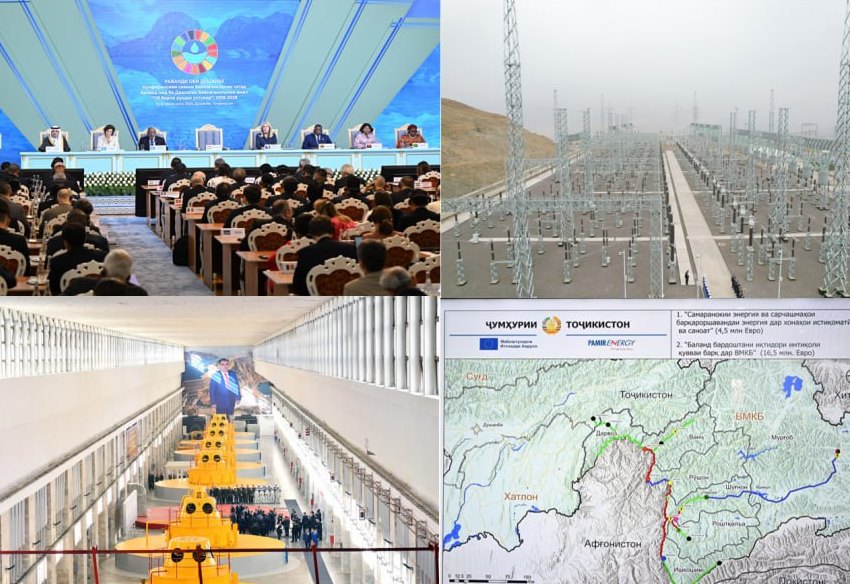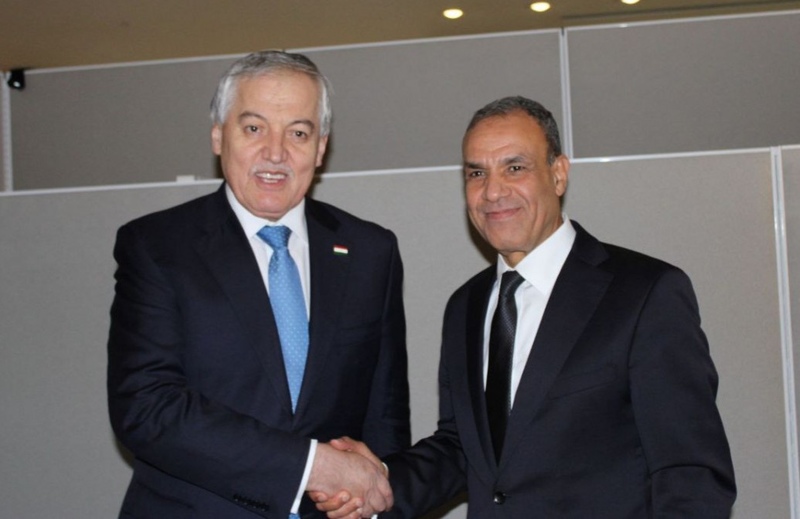The Ministry of Energy and Water Resources of Tajikistan (MoEWR) has highlighted significant achievements in the sector in 2024. Among the key accomplishments, according to the ministry, was the implementation of major renewable energy projects, which strengthened the country’s energy independence.
- Modernization of hydropower plants in Tajikistan
Renovating outdated power plants, some operational for 60–70 years, remains a priority for the government of Tajikistan. These efforts ensure stable energy supply and lay the foundation for achieving energy independence.
On August 30, 2024, the fourth unit of the Nurek hydropower plant was introduced into operation after reconstruction, boosting the station’s production capacity, which plays a pivotal role in the country’s energy system.
In September 2024, three units of the Qayroqqum hydropower plant were introduced into operation after modernization, which began in 2019. Over five years, the capacity of individual units increased by 29 MW.
Upon project completion in 2026, the annual average electricity generation at the Qayroqqum hydropower plant is expected to rise from 580 million to 850 million kWh. The hydropower plant station will operate under modern management and maintenance standards. - Commissioning of new power transmission lines
On September 27, a 220 kV power transmission stretching 12.7 km was commissioned, connecting the Roghun distribution facility with the Roghun substation, which was upgraded and integrated into the national power grid. This improved the reliability of energy supply. Now, electricity from the Roghun hydropower plant flows through the new power transmission line to the city of Roghun, as well as to Rasht and Faizobod districts and parts of Vahdat Township.
To enhance electricity supply in the Gorno-Badakhshan Autonomous Region (GBAO), the 110 kV power transmission line Khorog–Qozideh and the 35 kV Surkhsangov–Vanch line were built.
These power transmission lines, with a total length of 84.5 km, replaced old 10 kV lines that could not handle the load, ensuring reliable electricity supply to remote villages in GBAO’s Vanch, Shugnan, and Ishkashim districts. - Integration into the Central Asian unified power grid
One of the key goals of Tajikistan’s energy sector, outlined in the National Development Strategy for the period up to 2030, is to increase annual electricity exports to 10 billion kWh. Necessary steps are taken yearly to achieve this target.
In June 2024, Tajikistan reconnected to the Central Asian Unified Power Grid for the first time in 15 years. This enabled balanced operation between Tajikistan’s power system and those of neighboring countries. - UN water conference in Dushanbe
From June 10 to 13, Dushanbe hosted the third high-level international conference on the International Decade for Action “Water for Sustainable Development, 2018–2028.” The event was organized at a high level, with over 2,000 participants from more than 130 countries, international and regional organizations, financial institutions, and water management entities.
The results of the conference supported the achievements of the UN Water Conference 2023, fostering new commitments and initiatives in water resource management.
It was also announced that Tajikistan would host the UN Water Conference in 2028, a significant achievement for the country. The conference will review the progress of the “Water for Sustainable Development” decade. - Adoption of the national water strategy
On November 29, 2024, the Government of Tajikistan approved the National Water Strategy for the period up to 2040. The strategy focuses on water resource management, taking into account sustainable development goals and climate change. This document will serve as a foundation for efficient water use in the country.



